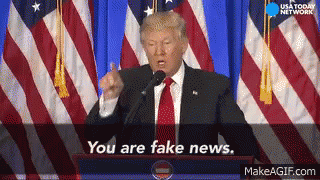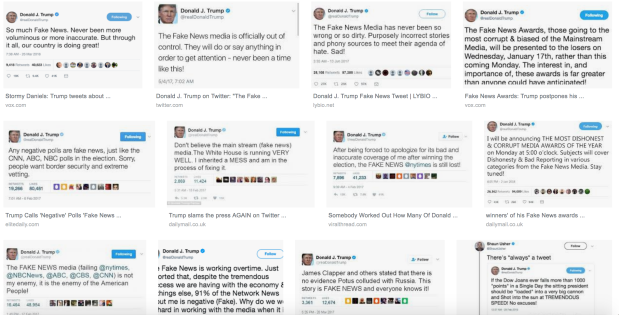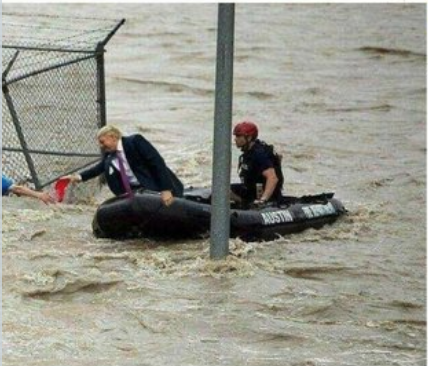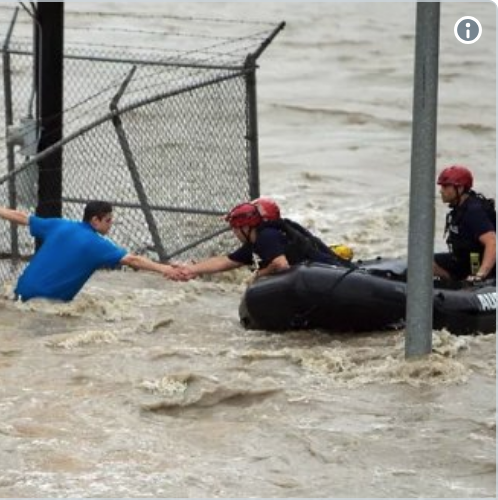What do Syrian President Bashar al-Assad, Venezuelan President Nicolas Maduro and U.S. President Donald Trump all have in common?
They label unfavourable press “Fake News”
The term Fake News was popularized by U.S. President Donald Trump as a way to attack and dismiss unfavourable press coverage. Both the term and the associated tactic of its implementation have since been adopted by authoritarian leaders the world over.
Attacking the press is not new to dictatorships. In fact, control of national media is a pillar authoritarian control exercised by infamous governments including the NAZI party in Germany.
Freedom of expression is a principle of democracy, which stipulates the importance of a free press. The use of a dictatorial technique by a democratic nation raises questions over the integrity of its office.
See below 5 examples of world leaders who now use Fake News to discredit the press:
1) Syrian President Bashar al-Assad
Quote: “You can forge anything these days. We are living in a fake-news era.”
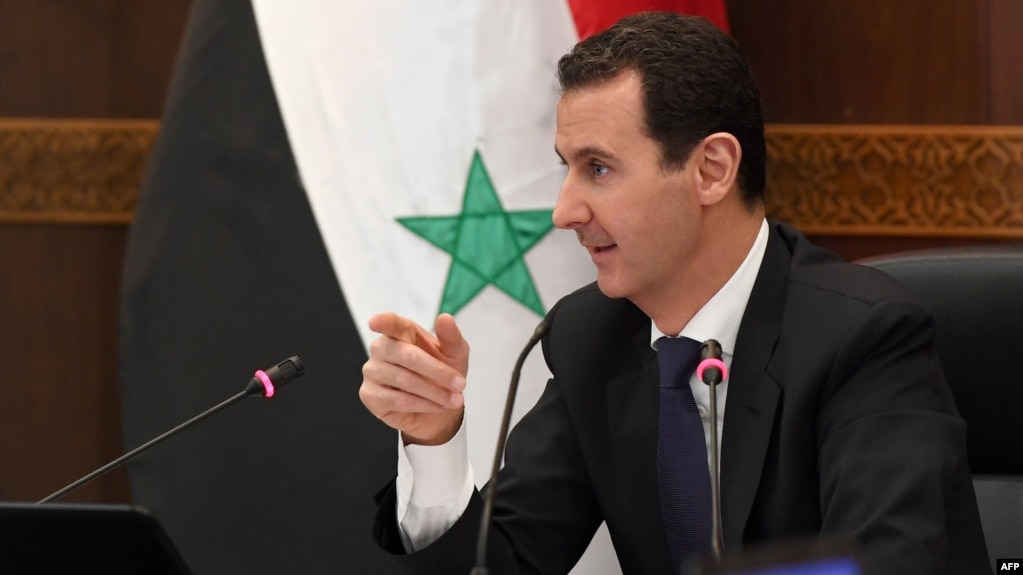
2) Venezuelan President Nicolas Maduro
Quote: The media “spread lots of false versions, lots of lies. This is what we call ‘fake news’ today, isn’t it? The era of post-truth.”
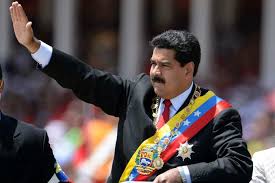
3) U Kyaw San Hla, Burma State Officer
Quote: “There is no such thing as Rohingya. It is fake news.”
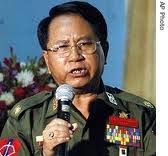
4) Spanish Foreign Minister Alfonso Dastis
Quote: “I am not saying that all are fake pictures, but some of them are and there have been a lot of alternative facts and fake news.”
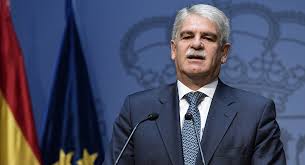
5) U.S. President Donald Trump
Quote: “You areFake News”

-Jake

